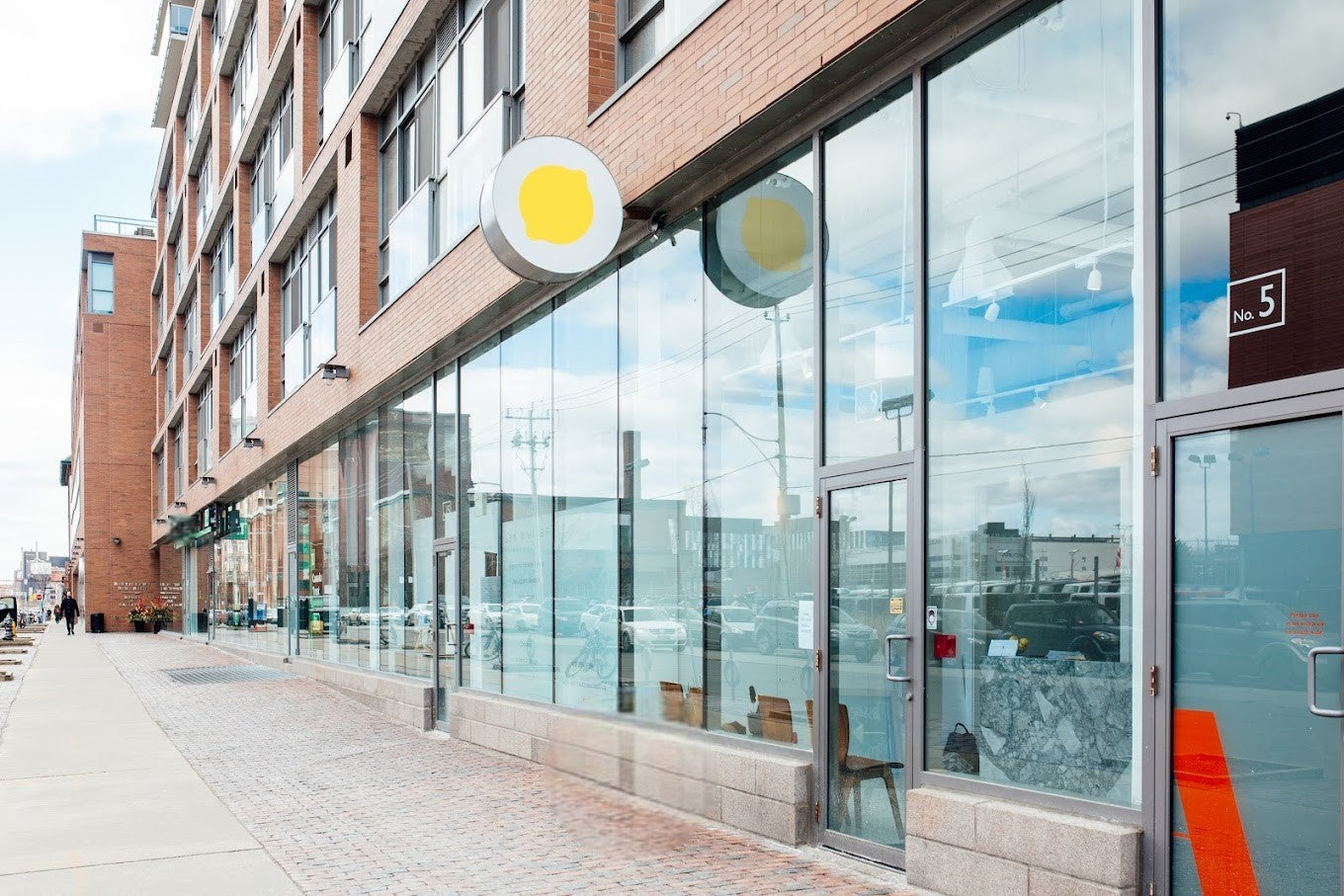Fight the Fear: the Scoop on Plastic
Selene WilkinsonShare
Do we need another reason to stop using plastic? Well we have one! Now it’s time to find some BPA-free alternatives
Let’s cut to the chase. By now you’ve probably heard about the toxic chemical bisphenol A (BPA), found in products such as food and drink packaging, baby bottles, and dental sealants.
There are reasons you need to heed the warnings about BPA and thankfully, many easily accessible products that can help you rid the chemical from your life.
Health Canada is one of the first regulatory bodies world wide to recognize and move toward banning products that contain BPA. Why? It’s suspected of being linked to neural and behavioural effects in fetuses, infants and children, in addition to obesity and abnormal hormone levels causing early puberty, prostate and breast cancers. The concern is that the chemical leaches from food and beverage containers, particularly when they are heated or exposed to acidic substances.
Sounds scary, luckily there are alternatives to the products we have been using for years.
Plastic water bottles containing BPA can be replaced with stainless steel containers from companies such as Klean Kanteen (www.kleankanteen.com). Glass baby bottles or BPA free plastic bottles such as Born Free (www.newbornfree.com), can be used and are now found widely at your local health food store.
An alternative to eating canned foods lined with materials that contain BPA is to choose healthier options such as foods that are fresh, frozen or in jars or cartons. If you do purchase canned foods, companies such as Eden Food (www.edenfoods.com) use BPA free material.
The lining in pop cans may contain BPA, not to mention sugar and many other chemicals that your body doesn’t need. Substitute your soda cravings with a nice tall glass of water with a squeeze of lemon in it.
Try to go that extra step for the environment and avoid BPA from leaking into your food, by bringing glass or BPA free plastic containers when you pick up your take out food. If you must use plastic containers, look for the number 1 on the bottom, this means it contains the safer plastic polyethylene terephthalate. Avoid any containers that have the number 3, 6 and 7 as they may contain BPA.
Have we scared you? Remember this: yes, the information on BPA is alarming. You do, though, have easy options to help you avoid it. Meanwhile, the need to step away from BPA can help you boost your green power as it’s another reason to move toward healthier alternatives that are more sustainable, recyclable and environmentally friendly.
What do all of those numbers on the bottom of containers mean?
Not so lucky number seven
1 – Polyethylene Terephthalate (PETE) and is the easiest plastic to recycle.
2 – High-Density Polyethylene (HDPE) and can be recycled into bottles or bags.
3 – Polyvinyl Chloride (V) and can be challenging to recycle.
4 – Low-Density Polyethylene (LDPE) and is recycled to make grocery and sandwich bags.
5 – Polypropylene (PP) and can be recycled into fibres. This is what Tupperware and yoghurt containers are made from.
6 – Polystyrene (PS) is what fast-food containers are made from and is not easily recycled.
7 – Mixture of polycarbonate and other plastics and cannot be recycled. This is the number that may contain BPA.
For more information on plastics, go to http://www.plastics.ca


